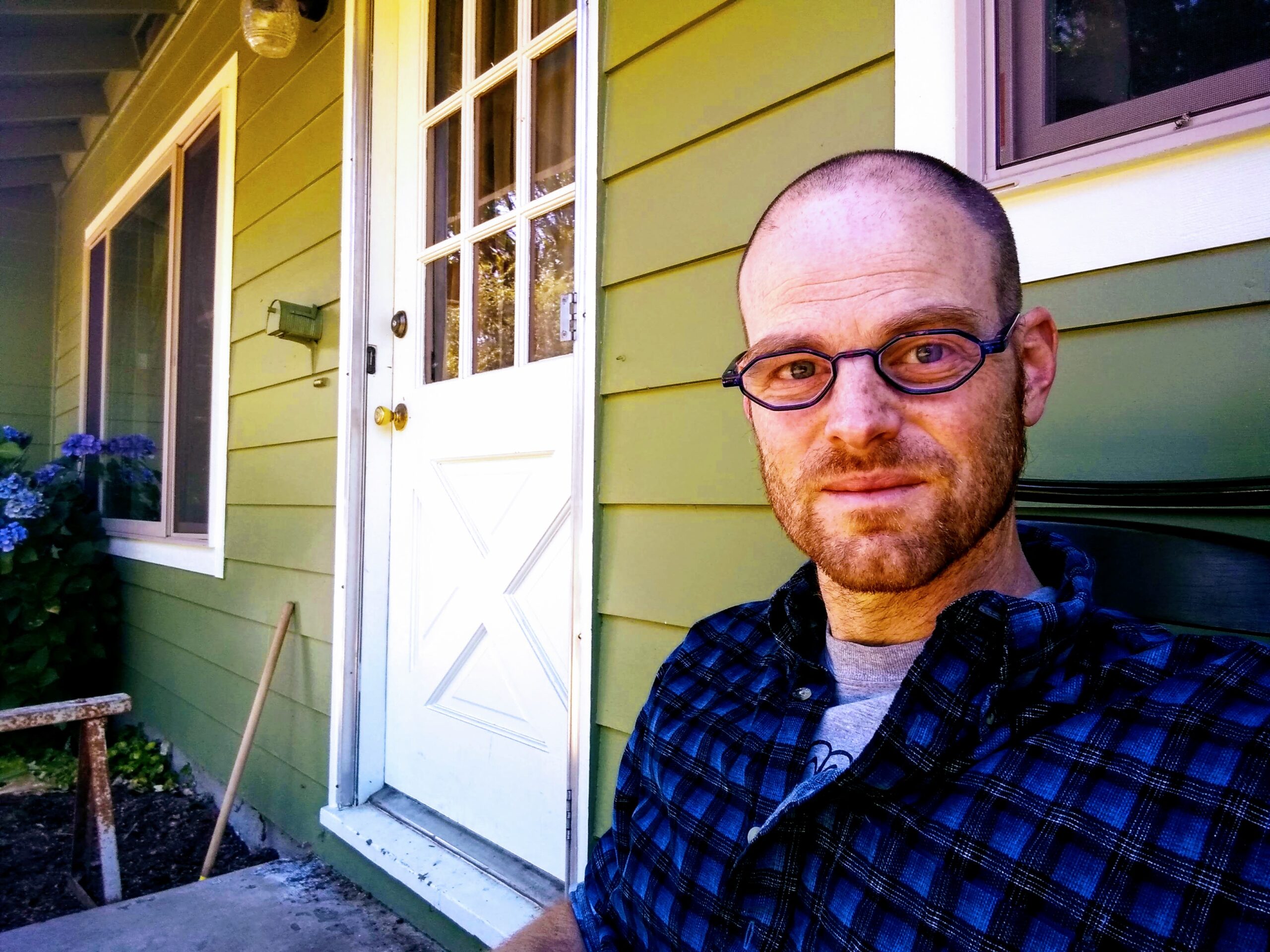
Note: This is the second in a series of columns on Collaborative Problem Solving, or CPS. You can find the first column here.
“To work something through,” writes psychiatrist Mark Epstein, “means to change one’s view.” This should happen for the adult during the Empathy step of Plan B. The goal is to gather information regarding the child’s concerns around the unsolved problem. As the adult, your task is to be curious, to ask ask non-judgmental questions until the child’s perspective snaps into a new focus for you..
As discussed in last week’s column, Plan B is the collaborative method of solving problems. These unsolved problems have come to our attention because our child’s acting-out behaviors have signaled them to us. The Empathy Step is the first step toward a successful Plan B resolution. The Empathy Step itself can be further subdivided into two parts:
1. the initial inquiry
2. drilling
The initial inquiry is comprised of a non-judgmental observation followed by a question. “Drilling” refers to follow-up questions you might ask that will elicit further information.
Let’s start with a bad example. Imagine you’ve asked your child for the millionth time to unload the dishwasher. A request that has gone unheeded. You might feel justified in responding like this: “I noticed that you forgot to unload the dishwasher again. No video games until you do it.” The problem here, from the CPS perspective, is in the phrases that will likely be interpreted by the child as having pejorative judgments laced into them First, the word “again” will suggest such a judgment to the child. Also, the word “forgot” includes a presumption that might arouse their defensiveness. Finally, the threat to remove video games will likely result in a defensive posture on their part that makes authentic communication difficult. You might decide that you’re unwilling to provide video games for them until the dishes are unloaded. But presenting that as an ultimatum here will be counterproductive.
So how would this sound if we removed the evaluation from the initial inquiry? First, we would limit our observation to what we are seeing in front of us now. Then, we would eliminate any presumption of the child’s intentions. Third, we will pay attention to our body language and facial expression. Especially with traumatized children, this will be at least as important as the words we choose. We want to project curiosity and approachability with our face and body.
We then might phrase our initial inquiry like this: “Hey, I noticed that the dishes are still in the dishwasher. What’s up?” It is possible that a child who is accustomed to Plan A problem solving will still hear a judgment in this. It might take time and practice for the child to recognize that you are willing to hear their concerns. Initial attempts at Plan B are often bumpy and slowgoing. Nevertheless, it is important to persist. After the initial inquiry, we listen and drill. A successful Empathy Step then, might sound something like this:
you: I noticed the dishes are still in the dishwasher. What’s up?
child: I dunno. I was gonna do it. But it’s hard.
you: Hmm. I see. So I hear you saying “it’s hard.” Can you tell me more about what makes it hard?
child: Well. It’s hard for me to reach the top shelf of the cupboard. I have to stand on my tip-toes. And I don’t like sorting the silverware.
you: So having to reach way-high is hard. And sorting the silverware is a pain. Is anything else about it hard?
child: Yeah. Also, I’m worried I might break something and you’ll get frustrated. Like the time I dropped the wineglass and you sighed real deep.
Now the conversation has elicited information that was initially hidden. It’s possible to see that the unsolved problem manifests not from the child’s forgetfulness, but from the child engaging in avoidance strategies because they don’t have the skills to adaptively respond to the difficulties they’re perceiving.
Go slowly through the Empathy Step. Marshall Rosenberg likens empathy to a surfer trying to catch a wave. You are trying to catch and ride the wave of your child’s emotions. Ride it out for as long as the wave seems active. Until you feel that your child feels heard. Then the door will open to share your concerns. But only after you see what you hadn’t seen before.

Matthew King lives with his fifteen-year-old son in Corvallis, Oregon, where he’s taught English for thirteen years. He also does advocacy work in the school district for children who have experienced trauma in early childhood. In his spare time he hikes, reads, writes, practices meditation, and watches his son ride dirt bikes. He welcomes comments and feedback and can be contacted at kingmatthew10@gmail.com
